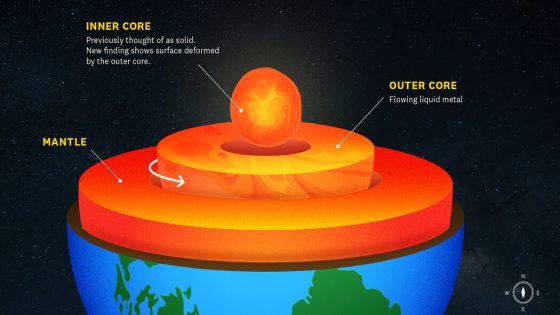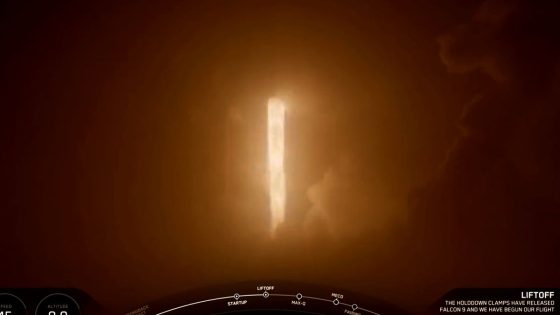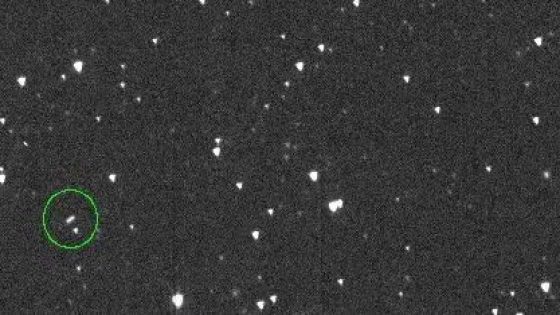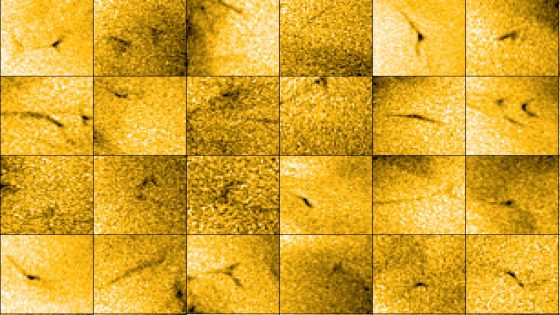The inner core of the Earth, a massive ball of iron and nickel, may not be as solid as we once thought. A recent study published on February 11, 2025, reveals that the shape of the inner core’s outer boundary has changed over the decades. What does this mean for our understanding of the planet’s structure?
- Inner core may not be perfectly solid.
- Shape of inner core's boundary has changed.
- Outer core affects inner core's movement.
- Inner core's rotation pace varies over time.
- Seismic vibrations reveal Earth's internal structure.
- Earth’s layers include crust, mantle, outer core.
How Changes in the Inner Core Affect Earth’s Geology
Could the shifting shape of the inner core influence geological events on the surface? Scientists are beginning to think so. The inner core, located about 1,500 miles beneath our feet, plays a crucial role in the dynamics of the Earth. Understanding its behavior could help US predict earthquakes and other geological phenomena.
What Scientists Discovered About the Inner Core
Researchers led by Dr. John Vidale from the University of Southern California have found that the outer boundary of the inner core has been changing shape. This finding adds to the mystery surrounding the Earth’s center. Here are some key points:
- The inner core does not spin at the same rate as the Earth’s surface.
- Its rotation speed has varied over the past few decades.
- The outer core may be influencing the inner core’s movement.
- Seismic vibrations provide insights into the inner core’s structure.
Understanding the Inner Core’s Role in Earth’s Dynamics
The inner core is the deepest layer of our planet, surrounded by the liquid outer core and the mantle. Its behavior can affect the entire planet’s geology. The changes observed may lead to shifts in tectonic activity, impacting regions prone to earthquakes.
Implications for Seismic Activity in the U.S.
As scientists study the inner core’s changes, they may uncover vital information about seismic activity in the united states. Understanding how the inner core interacts with the outer layers could lead to better earthquake prediction models, potentially saving lives and property.
In conclusion, the discovery of shape-shifting in the Earth’s inner core opens new avenues for research. As scientists continue to unravel the mysteries of our planet’s interior, we may gain valuable insights into geological processes that affect us all.

































